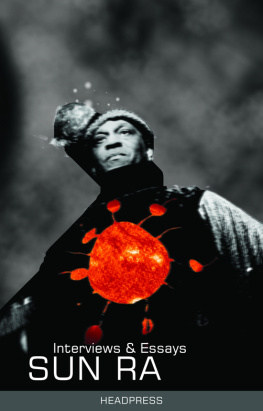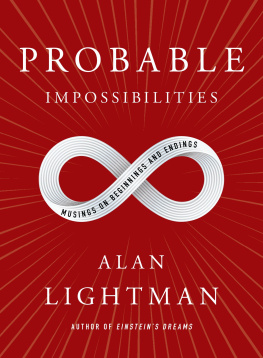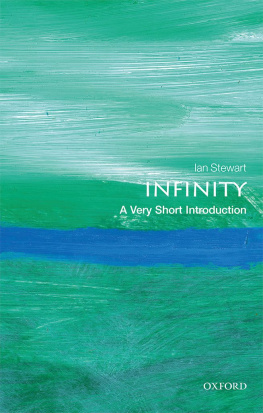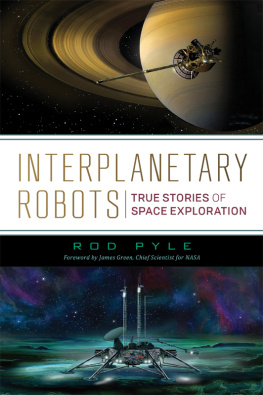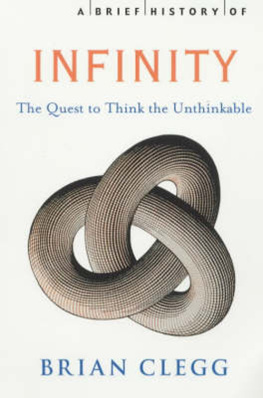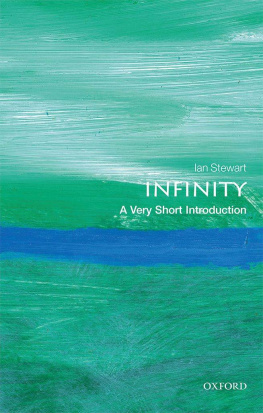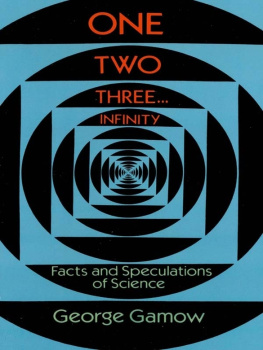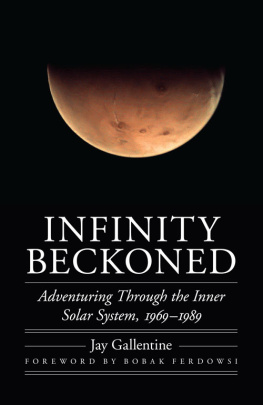

Mark Crispin Miller, Series Editor
This series begins with a startling premisethat even now, more than two hundred years since its founding, America remains a largely undiscovered country with much of its amazing story yet to be told. In these books, some of Americas foremost historians and cultural critics bring to light episodes in our nations history that have never been explored. They offer fresh takes on events and people we thought we knew well and draw unexpected connections that deepen our understanding of our national character.
A PURE SOLAR WORLD
SUN RA
AND THE BIRTH OF
AFROFUTURISM
PAUL YOUNGQUIST

UNIVERSITY OF TEXAS PRESS
AUSTIN
Copyright 2016 by the University of Texas Press
All rights reserved
First edition, 2016
Requests for permission to reproduce material from this work should be sent to:
Permissions
University of Texas Press
P.O. Box 7819
Austin, TX 78713-7819
http://utpress.utexas.edu/index.php/rp-form
Library of Congress Cataloging-in-Publication Data
Names: Youngquist, Paul, author.
Title: A pure solar world : Sun Ra and the birth of Afrofuturism / Paul Youngquist.
Other titles: Discovering America series.
Description: Austin : University of Texas Press, 2016. Series:
Discovering America | Includes bibliographical references and index.
Identifiers: LCCN 2016005943
ISBN 978-0-292-72636-9 (cloth : alk. paper)
ISBN 978-1-4773-1117-2 (library e-book)
ISBN 978-1-4773-1118-9 (non-library e-book)
Subjects: LCSH: Sun Ra. | Jazz musiciansBiography. | JazzHistory and criticism.
Classification: LCC ML410.S978 Y68 2016 | DDC 781.65092dc23
LC record available at http://lccn.loc.gov/2016005943
doi:10.7560/726369
For Joanne, my mother,
and
Thelma, my other mother
The impossible is the watchword of the greater space age. The space age cannot be avoided and the space music is the key to understanding the meaning of the impossible and every other enigma.
SUN RA
The Weirdness, Outness, Way Outness, Otherness was immediate. Some space metaphysical philosophical surrealistic bop funk. Some blue pyramid home nigger southern different color meaning hip shit. Ra. Sun Ra.
AMIRI BARAKA
CONTENTS
PRELUDE TO INFINITY
A book on Sun Ra should begin in cacophony. Thats how he opened many, many shows: with a chaos of sounds that cleared the air for the music to come. Horns squeal, drums thump, the bass growls, and the piano piles chord on chord; a space opens for exploration, and music becomes a means of traveling to other worlds. Most Sun Ra fans come to love him and his formidable ensembles through the audacity of his music. It exhilarates, shocks, and complicates, making life feel better than it was before. Music, apparently, can change the world. This inscrutable possibility provided the driving force behind Sun Ras creativity. Its the premise of this book, too. What makes Sun Ra important as a composer and an artist is his unwavering belief that music can take its players and listeners to better worldsbetter, at least, by the measure of joyous sounds.
Music isnt just music. Its also a social event in a couple of senses. Music occurs as entertainment (a night out, a special occasion) but also as politics (a demonstration, an insurgence). This book approaches Sun Ras music as a social event in the latter sense. For all its pursuit of better worlds, his art arose in response to this one, in particular, the brutally segregated world of mid-twentieth-century America. Like most of his black contemporaries, Sun Ra experienced the brutalities of segregation, but his response to injustice was unusualand unusually inspiring. Instead of pursuing a solution through traditional political means, he turned to culturemusic and related forms of expressionto imagine and advance an alternative to an oppressive reality. He practiced a cultural politics of sound and, with the support of a loyal cadre of friends, used every available means of musical production and distribution to promote his message of a better life for black Americans and anyone else who had ears to hear.
This books emphasis falls, then, as much on the social conditions that inspired Sun Ras music as on the music itself. While the best possible result of reading these pages would be voraciously listening to the vast array of his available recordings, they sound bettermore purposeful and cannyto ears tuned to social frequencies. Two such frequencies in particular throw Sun Ras music into bold political relief: the segregation of metropolitan Chicago and the popular culture of the Space Age. Brilliantly and with abandon, Sun Ra crossed the inner city with outer space to create music as progressive socially as it was aesthetically. As a response to a world preoccupied with the space race and oblivious to racial injustice, Sun Ras music announces not merely a demand for a better world but a program for building one. Thats what its cacophony is all about.
The chapters that follow examine influences often missing from assessments of Sun Ras music: occult wisdom, business strategy, the space race, Chicagos black metropolis, and the popular culture of the Space Age. Sun Ra himself occasionally drifts pretty far back in the mixa situation necessary to give the political dimension of his work a full hearing. His significantand overlookedachievement as a poet receives special attention. Sun Ra viewed his poems (he wrote many over the course of a long career) as a verbal equivalent to his music. Read in that light, they become a kind of users guide to infinity, offering instructions about listening to music meant to change the world. The poems may resemble little else in contemporary literature, but thats what makes them original, important, and even beautiful. Sun Ra believed that beauty is necessary for survival and that creating and communicating it makes life better. However strange, his remarkable poetry contributes to that aim, enhancing the beauty of his music by translating its aspirations into words.
One measure of Sun Ras success in envisioning a better, more beautiful tomorrow lies in the number and talent of the musicians his work continues to inspire, a rich variety of creative heirs. Their kaleidoscopic musical adventures keep Sun Ras visionary purpose alive. His standing as the great forefather of Afrofuturism, a movement devoted to imagining new black futures, guarantees the longevity of his renown. Sun Ra took it upon himself and his music not to demand freedom and equality in this world but to create even greater possibilities, even better worlds to come. His fellow Afrofuturists adapt his example to new opportunities and terrains. They and the many other artists and activists he inspires embrace culture rather than the ballot or the church as the most effective means of improving the world. Together they travel the spaceways, from planet to imagined planet.
Readers interested in accompanying him should have some sense of what lies ahead. This book does not provide a full introduction to Sun Ras life. John Szweds biography, Space Is the Place: The Lives and Times of Sun Ra, fulfills that task magisterially. Its an indispensable guide to an incomparable life. Although biography provides a loose narrative arc to the chapters that follow, they are thematically focused and can productively be read in any order or disorder. A book on Sun Ra and his explosive music should eschew too tidy a linearity. This one shares with most others, even Szweds, a preoccupation with Sun Ras formative years in Chicago. Work needs to be done on the later years in Philadelphia, but that will have to wait for future handslets hope not for long. Perhaps its clear that love and admiration for Sun Ras joyous music inform everything that follows. The greatest compliment we can pay that art is simply to listen and live with happiness.
Next page


